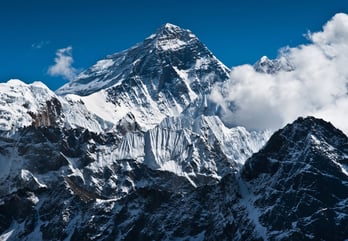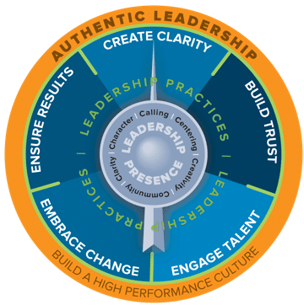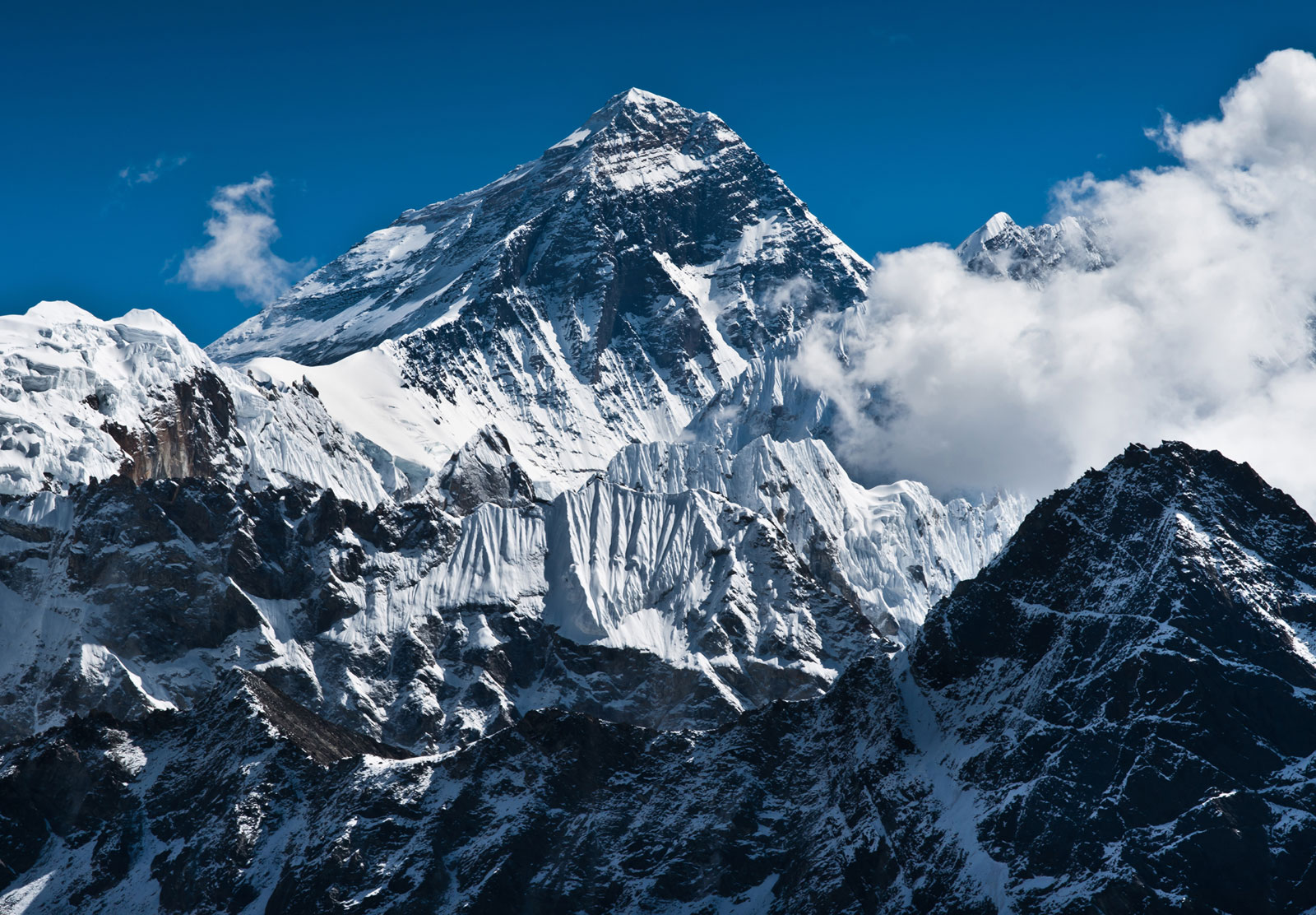My good friend and mentor David Irvine has spent the better part of his professional life coaching and teaching people about leadership authenticity. In contrast to leadership practices like communication, accountability and performance management, authenticity is more foundational and deals with a leader’s ability to understand their true self – their essence and being, what makes them tick, what brings them to life and gets them into a flow zone. Authenticity is less about what leaders do, and more about who they are. The hypothesis is that when a leader is in touch with these elements, they become more effective in all aspects of leadership.
The Other Everest
 His upcoming book “The Other Everest“, draws a comparison between focusing upward and outward, like climbing Mount Everest, versus focusing downward and inward, like descending to the bottom of the Mariana Trench. This trench at the bottom of the Pacific Ocean is below sea level approximately the same distance as Everest is above sea level; thus, it is the “Other Everest.”
His upcoming book “The Other Everest“, draws a comparison between focusing upward and outward, like climbing Mount Everest, versus focusing downward and inward, like descending to the bottom of the Mariana Trench. This trench at the bottom of the Pacific Ocean is below sea level approximately the same distance as Everest is above sea level; thus, it is the “Other Everest.”
As leaders it is natural for us to be constantly drawn to things upward and outward. We focus on our growth plans, the future, our employees, customers and competitors. We make plans for next year, the next 5 and the next 10. We generally spend a lot less time thinking about our internal selves.
In April 2018, I spent three days on retreat with David and 30 other leaders from across Canada to metaphorically travel to the Other Everest. We explored the challenges of getting caught up in acting as a human doing at the expense of living as a human being. We all recognized that there are gaps between our true passions and our current roles and responsibilities. We also explored a six-part model to help close those authenticity gaps.
The Leadership Presence Model

Spending time reflecting on and getting aligned to these six areas helps leaders be more present, focused and effective:
1. Clarity – the ability of a person to explicitly define their own personal values, and live in alignment with those every day.
2. Character –an individual’s fortitude, their ability to ‘stay the course’ and maintain composure in times of stress and conflict.
3. Calling – an individual’s recognition that there is an intersection between what the world needs, what a person is good at, and what they are passionate about spending their time on. This intersection is their “ikigai”, a Japanese word defined as “their reason for being”.
4. Centering – the processes and rituals a person uses to avoid the clutter of day-to-day life, and be in touch with their true, authentic self.
5. Creativity – begins with a recognition that everyone is creative, not just artists, and that we all can see connections and patterns that are the seeds of new opportunities and ways of doing things.
6. Community – a recognition that we all live in overlapping circles of relationships – work, family, faith, friends, geographic communities, shared causes, etc., and that these are all places where we can be contributors to the wellbeing of others.
Our Journey to Authenticity
There was not a single leader on this three-day retreat that was not deeply impacted by the experience. There were stories of fear, embarrassment, regret and failure, and yet at the same time there was an abundance of hope, and recognition that our brokenness is just part of being human. We are not alone in this journey called ‘life’.
I’m reminded of the lyrics of a recent John Legend song:
“I love your curves and all your edges, all your perfect imperfections…”
Discovering our authentic self is not like finding a misplaced item at the bottom of our purse or in the toolbox. It’s a process that, at least in our lifetimes, will never truly be complete. But as the saying goes, it’s not the destination that matters, but rather the journey itself.
What are some of the aspects of your authenticity journey?



